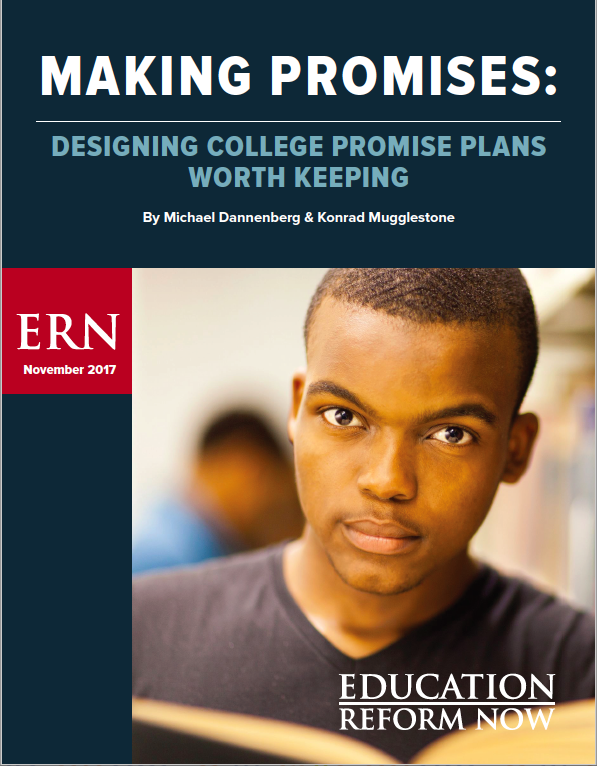Nearly every Democrat — and likely a number of Republicans — running for statewide office this cycle will propose some sort of free college plan. Those plans need to be well-designed and in particular recognize the relationship between college affordability and college completion. Otherwise they are apt at best to under deliver, and at worst, do more harm than good for a large number of students who end up dropping out with no degree and student loan debt for non-tuition and fee costs to boot.
Free college advocates, sympathetic politicians, and policy architects should keep in mind two key points. First, college affordability for students and taxpayers is a function of time-to-degree. If we can just get students to complete on time, we can cut college costs by 20 to 33 percent. Second, if we can reduce the college dropout rate significantly lower than the 50 percent it now approaches, we will produce a sounder fiscal free college investment and be more likely to sustain continued political support.
Every free college plan should be measured against five key questions:
- Does the plan leverage improvements in high school academic preparation and college selection or is it only focused on financial aid?
- Does the plan cover both two-year and four-year public colleges or does it channel students into one public sector over the other?
- Does the plan cover all college costs, including room and board living expenses, books, and supplies or does it only cover tuition and fees?
- Does the plan support college efforts to boost completion and hold colleges accountable for results? Or, is it just a student aid increase?
- Does the plan cover all families, provide additional aid to only middle-income families, or target those from poor families?
Why those questions?
Because college degree completion depends primarily upon student academic preparation at the secondary school level, college selection, full-time enrollment, and the efforts of colleges themselves to support completion. Limited resources for college affordability should be leveraged against those in influences and targeted where need is greatest.
Check out the data in the latest report from Michael Dannenberg and Konrad Mugglestone here. For a slimmed down read, check out our latest article in Democracy Journal here.
Download Now
